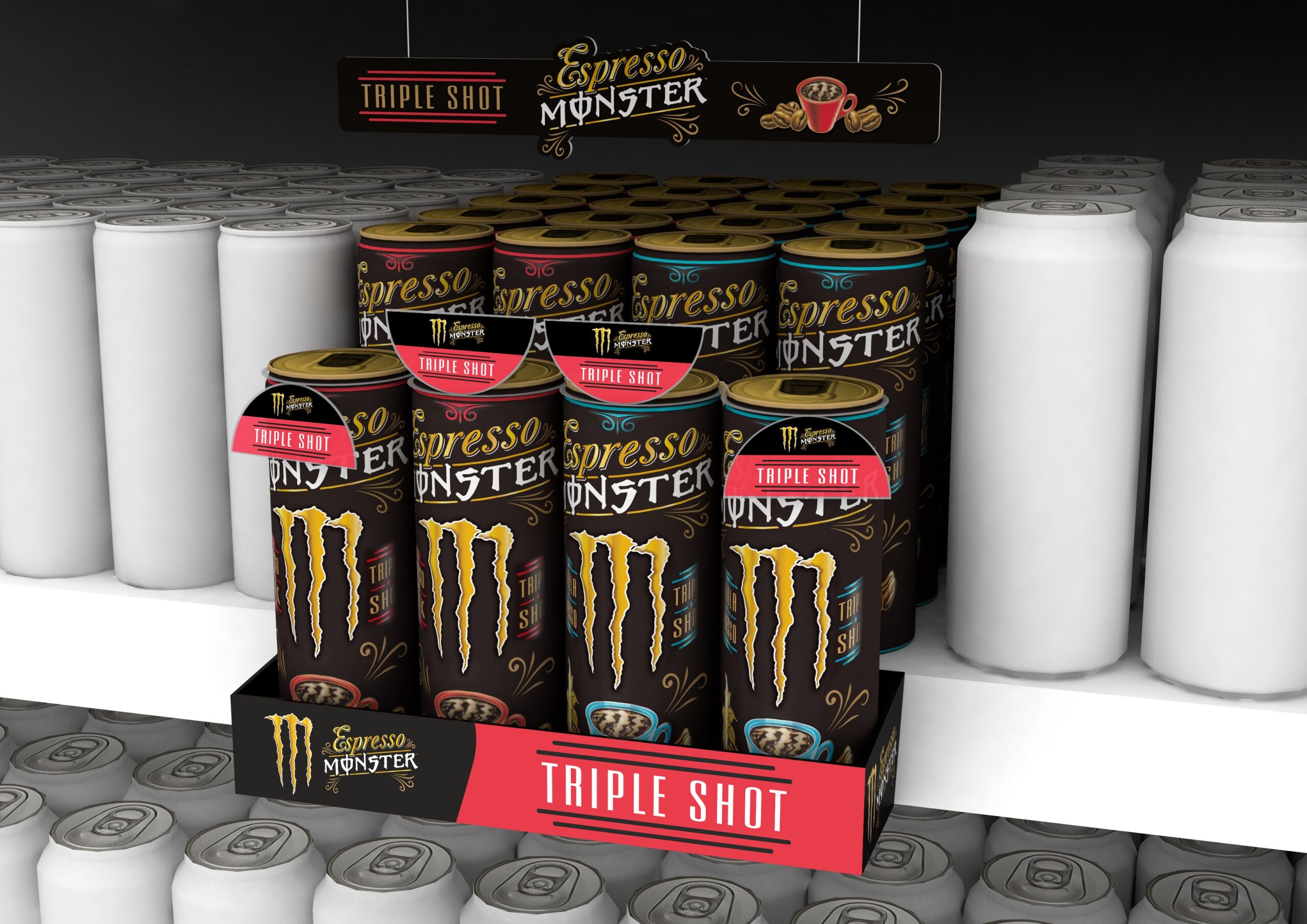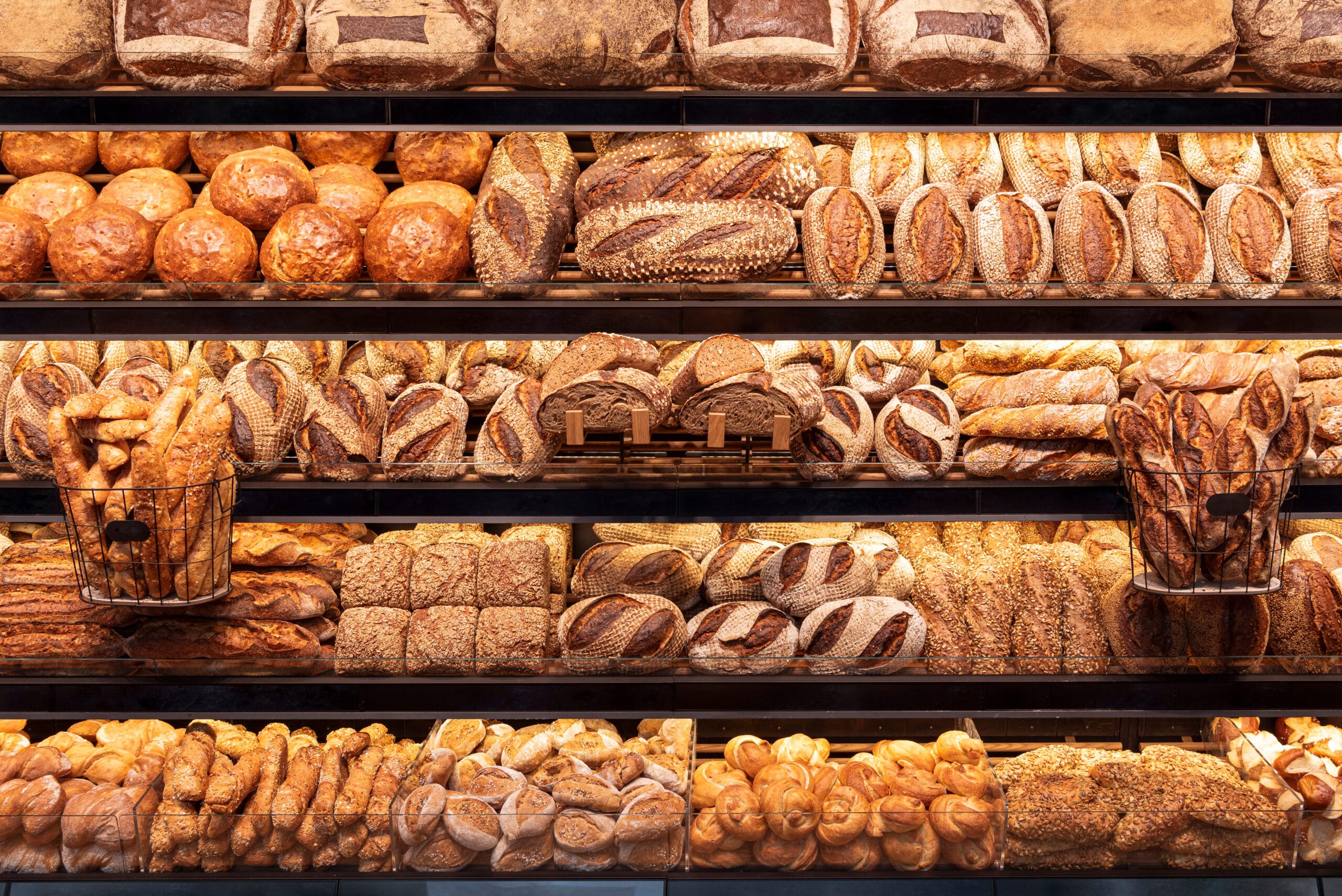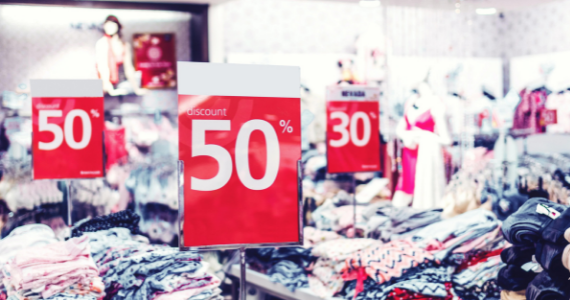The most important part of owning a business or launching a product? Sales. Getting sales and keeping them coming in is the most challenging thing for a business, and is at the centre of all that it does. This can often be hard, which is why we've compiled this three part blog series to help you build sales in store and online, and grow your brand awareness through out of home (OOH) advertising.
Eye level is buy level
Making sure that all products are in the right place is a major part of making sales. Products that are in line with the customer's eyeline statistically do better than those at touch, stoop, or stretch level (https://modernretail.co.uk/eye-level-buy-level/). Taking care when arranging products will increase sales. Neatly arranged stores help because when it falls under a larger store layout plan, it allows stores to direct the customer to where they want them to go.
The Conversation have written a great post on how supermarkets use sensory triggers to their advantage, and the use of 'planograms' make customers spend more than they were originally intending to.

Service with a smile
As we have covered in our experiential retail blog, people are putting more worth on memories as part of their shopping experiences. Great customer service is at the front and centre of this, because people buy from people, and will remember where they felt their custom was valued. Word of mouth is one of the best forms of marketing out there (https://jonahberger.com/is-word-of-mouth-better-than-advertising/), so if customer service is poor, you may have put off not one sale, but multiple.
Knowing your product(s) inside out is an important part of offering good customer service. Knowing your product, it's pros, it's cons, and what other alternatives there are to help make the shopper journey as easy as possible, will reflect positively on your business.
In store visuals
Nobody buys a product that doesn't appeal to them. Try to think of a product that hasn't been 'designed' in some way. Almost every single item in a shop has had some sort of artistic styling done for it, from washing-up liquid to sauce bottles. According to Digital World Information, 93% of buyers focus on the visual appearance of an item, showing just how much visuals play into the customer decision making process. Shoppers now have more choice, meaning it's harder than ever to stand out on shelves. Bold branding and packaging is more important than ever.
As well as packaging, Point of Sale (POS) materials (click here to read our blog post explaining POS if you're unfamiliar) has been proven to sway the customers purchasing decision. Large-scale in store theatre can help wow customer's into making a purchase, taking away an impression of the brand.


It's an important role of any shop keeper, or store manager, to keep their shelves topped up with stock. It's quite simple in that your customers can't buy what you don't have. It's key to predict what your customers will want to purchase from one stock replenishment to the next. This is why senior team members should be reporting on what has sold well, what hasn't, and trying to gauge stock varieties and levels based on this. This will reduce the risk of running out of a product and letting a potential customer down. It's important to remember, if you don't have it, your competitor probably does.
The demand for certain products varies from time to time, dependent on seasonal events like Christmas or summer, and sporting competitions like the World Cup or the Olympics. During this time, it's critical that stocks are predicted well. According to the Bank of England, households spend 29% (£740) more in December compared to any other month in the calendar.
Making sure people can find your business
You'll find it very hard to sell products if people can't find your business. Make sure that your business is being well represented on all the relevant channels that it needs to be. This can include setting up a Google My Business page, which can help people local to you find information about your website, premises, and what you stock. Here's a great guide on setting one up. Something to bear in mind, 80% of customers lose trust in a business if their information is wrong, or inconsistent, so it's important that any data is kept up to date regularly.
Seasonal promotions
As we mentioned before about how seasonal behaviours can influence shopper purchasing decisions, it's beneficial to take advantage of these periods. Promotions will improve the average value of a sale, by offering customers a cheaper offer price (However, they may have spent more with you than they were originally intending to).
It's important to get customers swept up in the 'mood' of the seasonal event, and give them an excuse to spend money - and not feel bad about it. Creating a sense of urgency is vital in these promotions, giving customers the fear of missing out, and making them feel as if they will never get the opportunity again.
Making sure that you know what you are selling cannot be understated. It will help you make the most informed decision that you can about what type of promotion/advertising is best for your product or business.
This way, you can be sure that the method of advertising you use is the right fit for what you are selling, and can get the most reward from your marketing activities.
Would you like to hear more from Toby? Sign up here for weekly blog updates.
